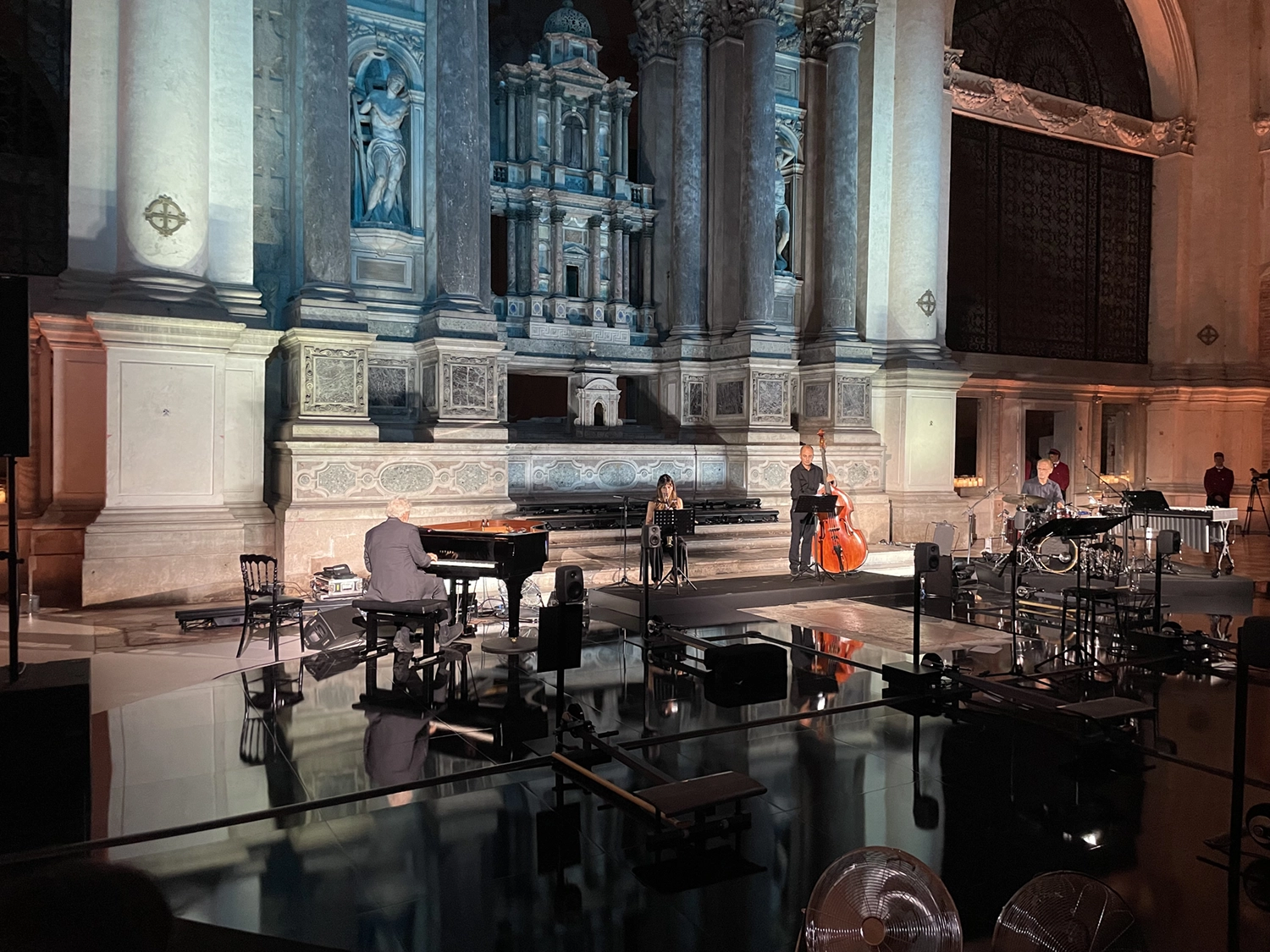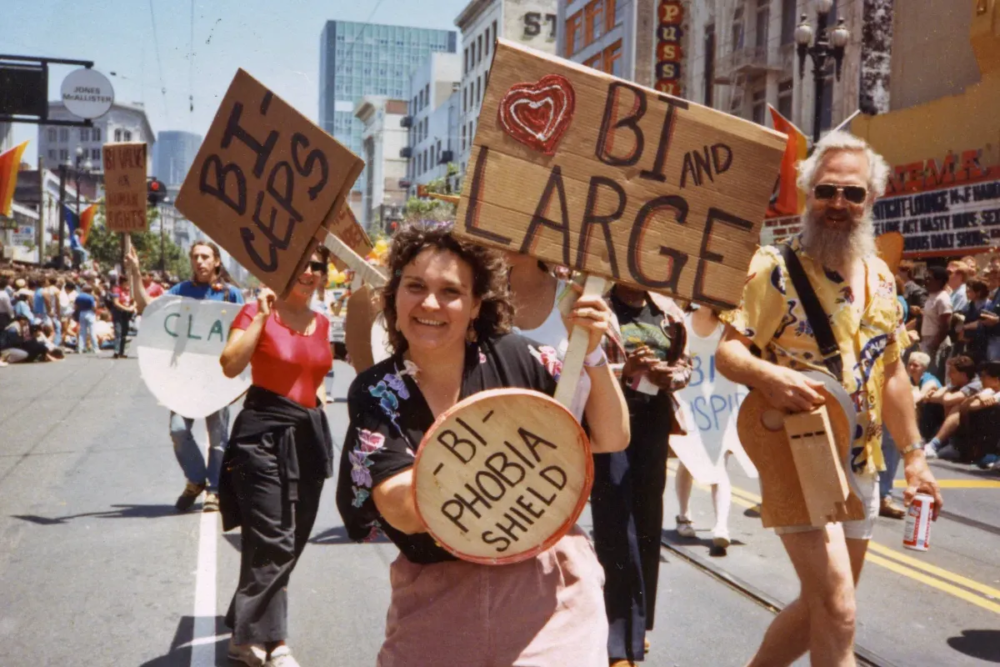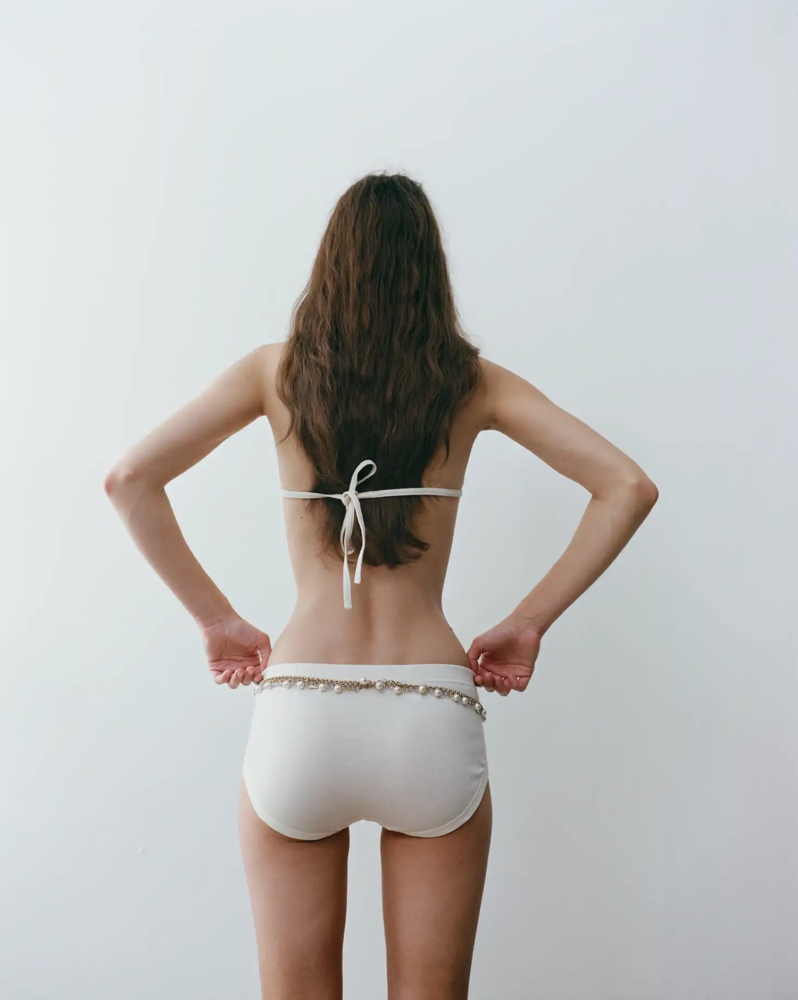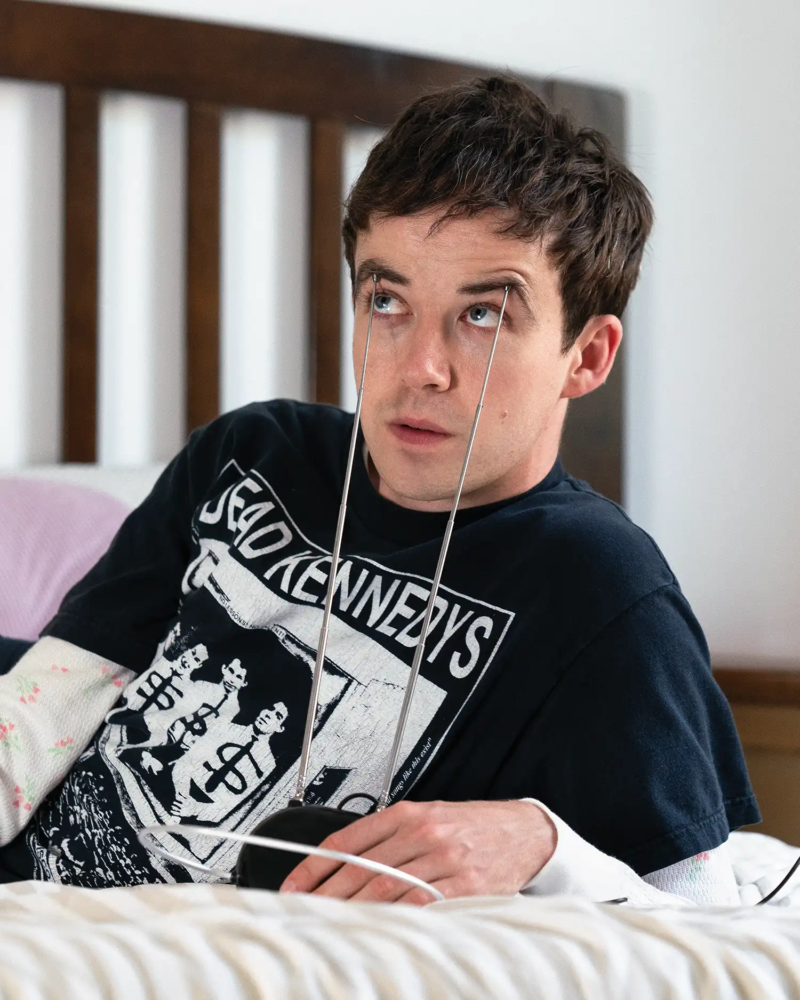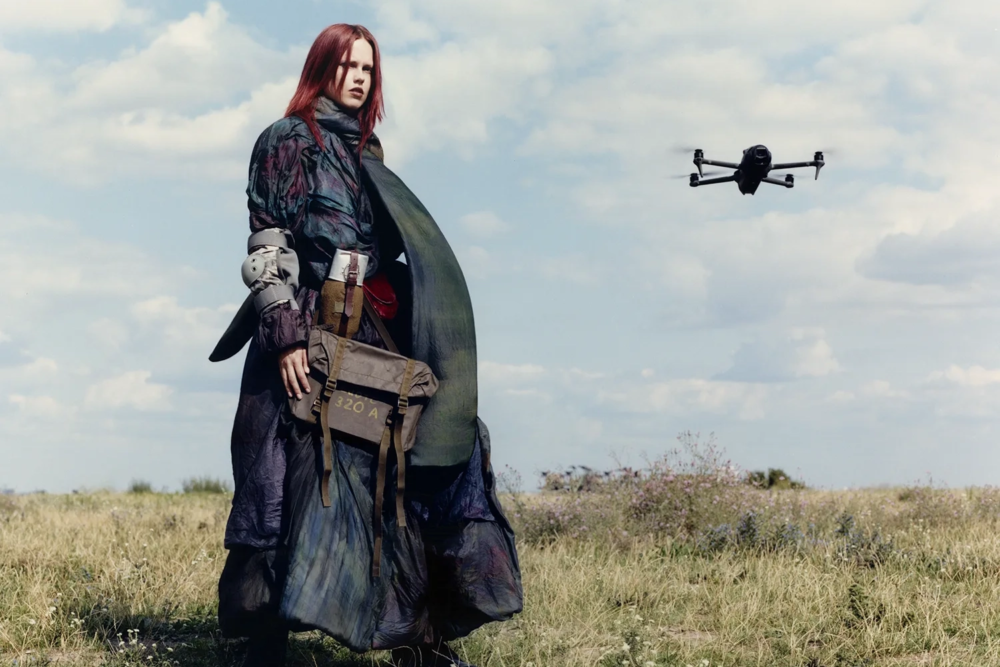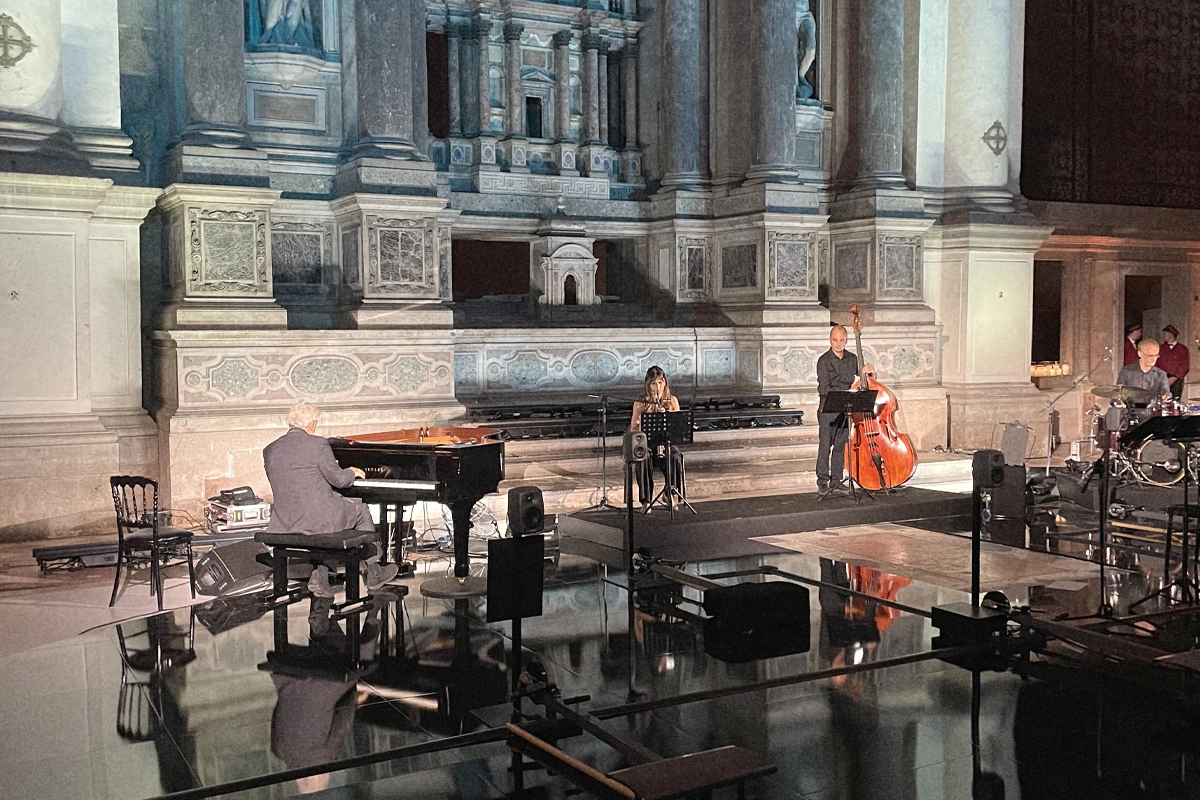
Nicola Piovani on the Italian directors: Fellini, Bellocchio, Moretti
Stream of consciousness: Nicola Piovani discusses film scoring, 200 movies, and his relationships with some of the many directors he has worked with: Federico Fellini, Marco Bellocchio, Nanni Moretti
Nicola Piovani at the Venice International Film Festival, August 31, 2024. Introduction, Information, and Foreword
On a late August morning, by the tennis courts of the Venice Lido, Nicola Piovani shares a few anecdotes from a career that lists over two hundred films; collaborations with directors from the second half of the 20th century to today; critical acclaim in both Italy and France; an Academy Award for Life is Beautiful by Roberto Benigni— and much more.
This article is made possible by Cartier, a sponsor of the 81st Venice International Film Festival, organized by La Biennale di Venezia. The header image captures Nicola Piovani’s concert for Cartier on August 30, 2024, at Open Space in Venice.
Nicola Piovani and Fellini: Elasticity and Editing Without Music
“Federico Fellini used to say that a film composer’s first skill must be elasticity – an extreme statement. If I write a ballad, a cantata, or a prelude, I deal with my own artistic vision. When you work on a film, you must immerse yourself in the director’s vision. You can’t drift off—but somehow you must dissent.” Piovani is caught up in his own words: “The aesthetic direction sought by the director matters, but for me, the rhythm of the story matters more. Don’t misunderstand me: the film must have its aesthetic; otherwise, it’s not a film. But to me, cinema is carnal flesh. What excites me about musical ideas are the sequences, the actors’ faces.”
Nicola Piovani, a composer who builds alongside
When does music arrive? This is the question Nicola Piovani asks to spark his personal stream of thought. “The composer reads the script, forms a connection with the director: they talk, they understand each other. The composer attends an initial screening of the director’s completed work.” Composers and directors speak different languages: it’s the composer who penetrates the director’s language and transforms it.
“Ruggero Mastroianni, Marcello’s brother, was an editor. He used to say, ‘No music—the editing must work without it because music hides editing flaws. An effective editing has its own rhythm—then music is added.’ This is the old craftsmanship, the old school that is fading somewhat.” It can happen that the editing is done with temporary music, directors get used to this temporary music—maybe already published or improvised—and later it becomes difficult to replace it with an original score composed for the film.
The Piano, Fellini, and the Screening – An Overinflated Film
Ginger and Fred (1986). Two sequences are set to piano alone. There’s a reason, a story behind it. “We were working in the editing room that morning. Fellini said, ‘This afternoon, we’re screening for French and American distributors. Do we want a bit of music?’ We had a piano brought in. We had already chosen and placed the themes and had a clear idea. Like in the silent film era, the movie played, and I accompanied it live. That’s how we presented the film that afternoon. Later, when we recorded in the studio, I brought the orchestral theme. After a while, as the work progressed, Fellini asked me if it was too overblown. We began removing parts—brass, strings. After a pause, he said: ‘Why don’t we just keep the solo piano?’”
This is one of those cases where you become attached to the first version. Solo piano is uncommon in cinema. It gives the impression that someone is playing in another room. It doesn’t feel like a score. In that film, Ginger and Fred, it made sense: in the TV show where the two protagonists appear, the introduction was done with solo piano, with this theme. There was narrative logic. “That’s why it worked” Piovani explains.
Piano isn’t a definitive timbre; it’s a way of communicating with the director because the piano is an abstraction. Listening to a musical project on the piano, the director imagines it one way. The composer, who already has the full arrangement in mind, imagines it another way, knowing there’s more than just the piano. There’s the gaze, the reaction, the words.
The relationship between music and image: a film should have few themes
It’s not only faulty editing, but sometimes a mistake by the director. The issue might not just lie with the editor. Sometimes a sequence lacks energy, and something’s off — music helps in those moments. “Some directors use music as part of the scene. Scorsese, for example. The French say that Italian films have too much music.” A film should have fewer themes. A central theme that changes. One theme is the heart of the film, with variations around it.
Today, younger viewers are used to American films that are edited with lots of music—and if there’s a scene without music, it feels endless to them. The same principle applies to everything: too much reduces the impact. If there’s too much music, its effect on the plot twist, and on the narrative in general, diminishes.
“You need a minimum of patience. Like in shadow theater. If there’s a pause in the recitative that sets up the next big scene, if we lose that moment of stillness, of slowing down, or of silence, we end up with a flat, commercial-like result.”
Nicola Piovani and Nanni Moretti – Caro Diario (1993) and The Son’s Room (2001): knowing nothing, seeing nothing
The tension and the pressure. “I’d like to have eight months to work on a film—but that’s not how it works. Nanni Moretti, Caro Diario. He had worked with other composers, but it didn’t turn out for him. He called me and said if I wanted to try, I’d have a week. I told him I needed to think about it. I was intrigued by the challenge. The next morning, I said, ‘Okay, I’ll give it a shot.’ He replied, ‘Fine, I’ll give you two weeks.’” Piovani moved on to another Moretti film he collaborated on, The Son’s Room (2001). “Since he liked the work we did on Caro Diario, Moretti became obsessed: he didn’t want me to read or see anything—he wanted me to have very little time to work on it.”
“I had only read some tidbits in the newspapers. I knew the theme was the greatest pain a parent can experience. When the editing was almost finished, I came to a screening one morning. Moretti sat behind me, trying to gauge my reaction by watching my face. That afternoon, I started composing based on that first impression. I watched the story with total innocence. At that time, I had two children of a similar age to the boy in the story, and I was shaken and absorbed. The pain was more than the tragedy of loss. A life without the sadistic melancholy of absence—why? Tragic pain has a presence – here, there is only movement and rhythm.”
Nicola Piovani and Marco Bellocchio: Two Notes, Four Notes, A Thousand Notes
“Marco Bellocchio was my first mentor. We did eight films together. He remains a pillar of my formation. He’s a friend, one of those where, as we say in Rome, you don’t even need to keep in touch.” A Leap in the Dark (1980). A bourgeois judge, full of phobias and neuroses, enters his home and finds his room devastated. Out of fear, he hides in a closet. He has a delirious vision—from the hiding spot, he imagines a group of children like thieves destroying his study: papers, books, objects flying around, thrown out the window. “At first, there are just two notes—and as the children’s frenzy increases, so do the notes and the orchestra parts. Two notes, four notes, a thousand notes. The guerrilla becomes a swirling waltz. The composition is simple, almost banal—but what’s noteworthy is the relationship with the children’s voices in the mix. At first, you hear their screams over the music—then, as the scene progresses, the music rises above the screams and drowns them out, producing a depiction of madness that direction and acting alone could not have delivered. It’s what I call the silencing of the performance.”
“There’s a question, pure rhetoric, which I discussed with Fellini: why do two notes followed by a pause, then another note and another pause—so, three notes in sequence—have the power to choke you up? Why? What do they say to whom? Fellini used to say: ‘I look at musicians like heroic dolphins, astronauts exposing themselves.'”
Nicola Piovani and Fellini, The Voice of the Moon (1990): the oboe theme
“Federico Fellini would panic over the music. He said, ‘It moves me because it speaks of nothing.’ On set, he would forget everything, and his eyes would turn red. The Voice of the Moon (1990) had a scene where an old orchestra oboist wanted to bury the music. Why? Because music is a liar, he says. Music promises, and never keeps them. It promises redemption for everyone, that even pain can be beautiful, or at least it should be.”
Piovani summarizes the plot: the oboist played a theme at home, then dug a hole and buried the oboe, thinking he had buried the music. As he returned home, the music would rise from the ground and chase the old oboist. The film was a fable or metaphor, saying that music can’t be stopped; it certainly can’t be buried.
“I had to write the theme for the lead oboe. It wasn’t just accompaniment; in this case, the music was the central element of the story. I composed the theme and wanted Fellini to hear it. I called him, and he told me he was on location. He said, ‘I’ll call you tomorrow and listen to it.’ Nothing happened—he began filming without hearing what I’d written.”
“I was worried. Fellini wasn’t getting back to me. Then production called and told me, ‘Look, we need to shoot the oboist scene in two days.’ I immediately contacted a professional oboist: the actor would fake playing while the oboist performed the theme off-camera. I called Fellini and insisted, asking him to come and listen to the piece. ‘Fine, I’ll listen tomorrow morning, don’t worry.’ The next morning, I went to the set, and Fellini was busy with something else. I almost had to drag him to the oboist. I told him, ‘Listen to the music, tell me what you think—if you don’t like it, I still have time to change it.’ The oboist played the theme, and Fellini said, ‘It’s fine. Yes, yes, it’s fine,’ but his face said otherwise. I asked him: “If it’s not okay, I’ll write another theme.”. We’ll find something else.’ ‘No, no, the music is fine. It’s beautiful.’ – but I could still see his hesitation.”
“Then Fellini looked at the instrument and said, ‘Is that the oboe? I imagined it differently.’ He made a quick sketch, and I immediately understood that what he meant was the bassoon, not the oboe. I told him to give me two hours, and I would bring in a bassoonist and adapt the theme for the bassoon. Fellini replied, ‘Nicola, if the heavens sent us the oboe, we keep the oboe.’”
Carlo Mazzoni
